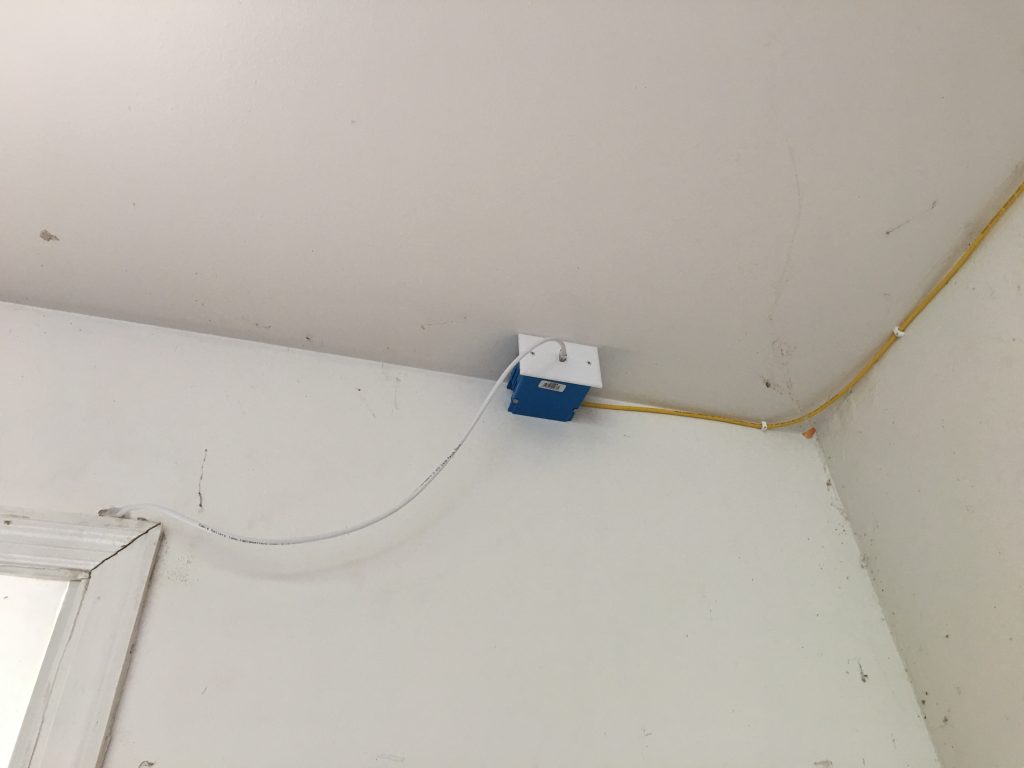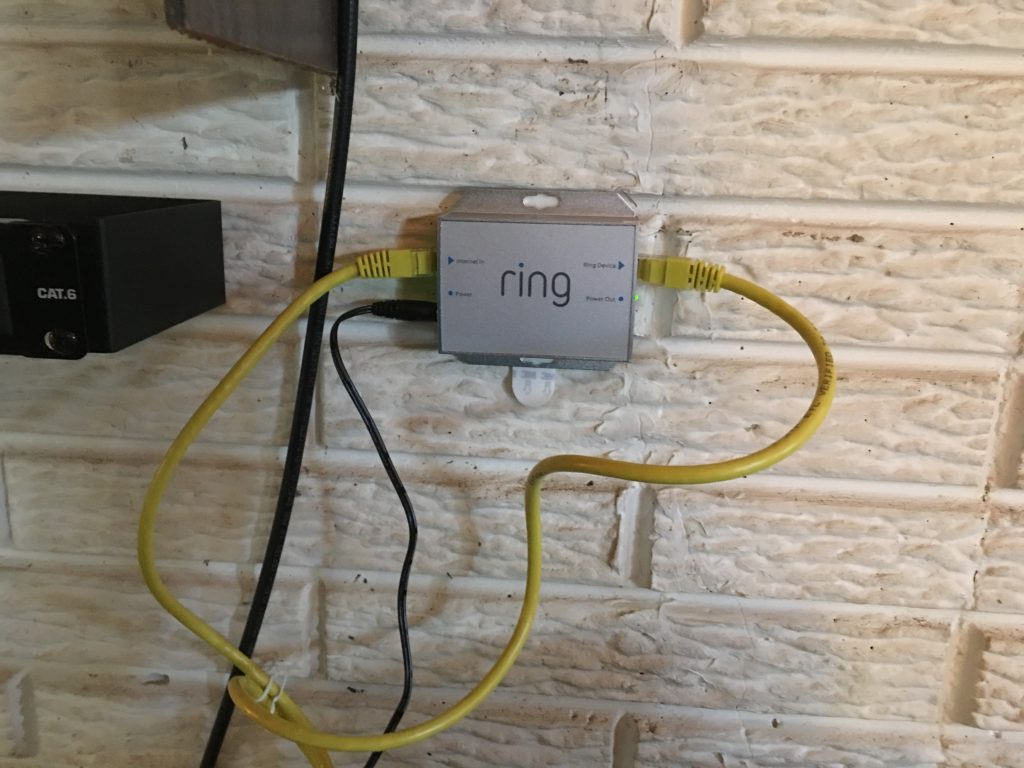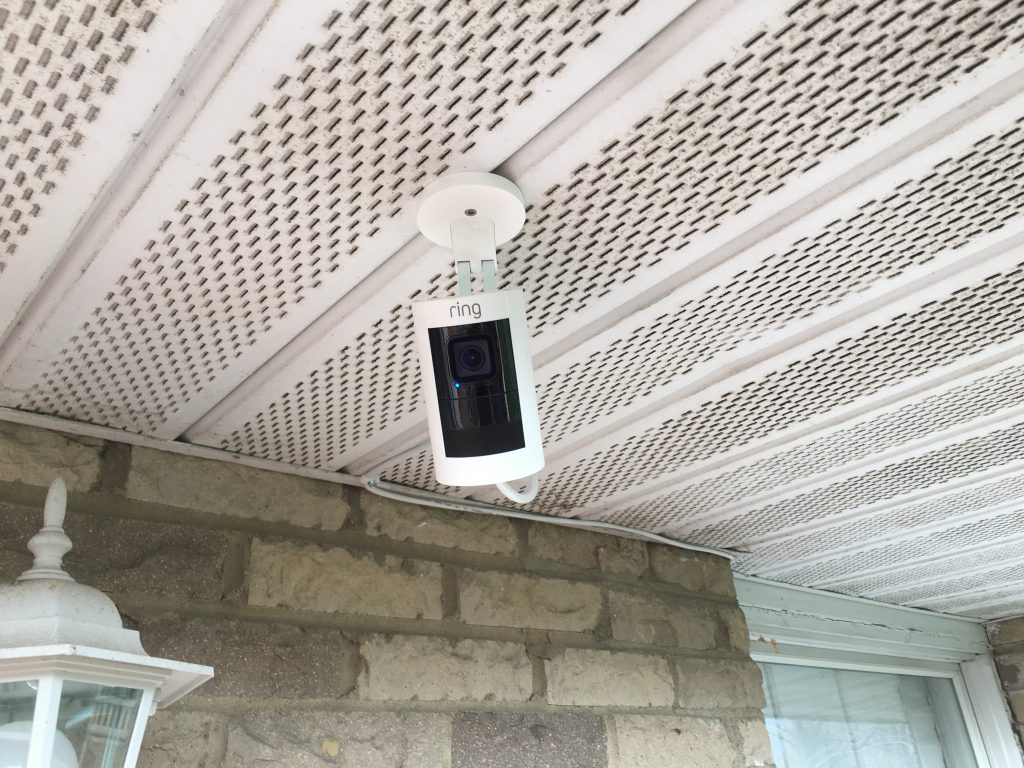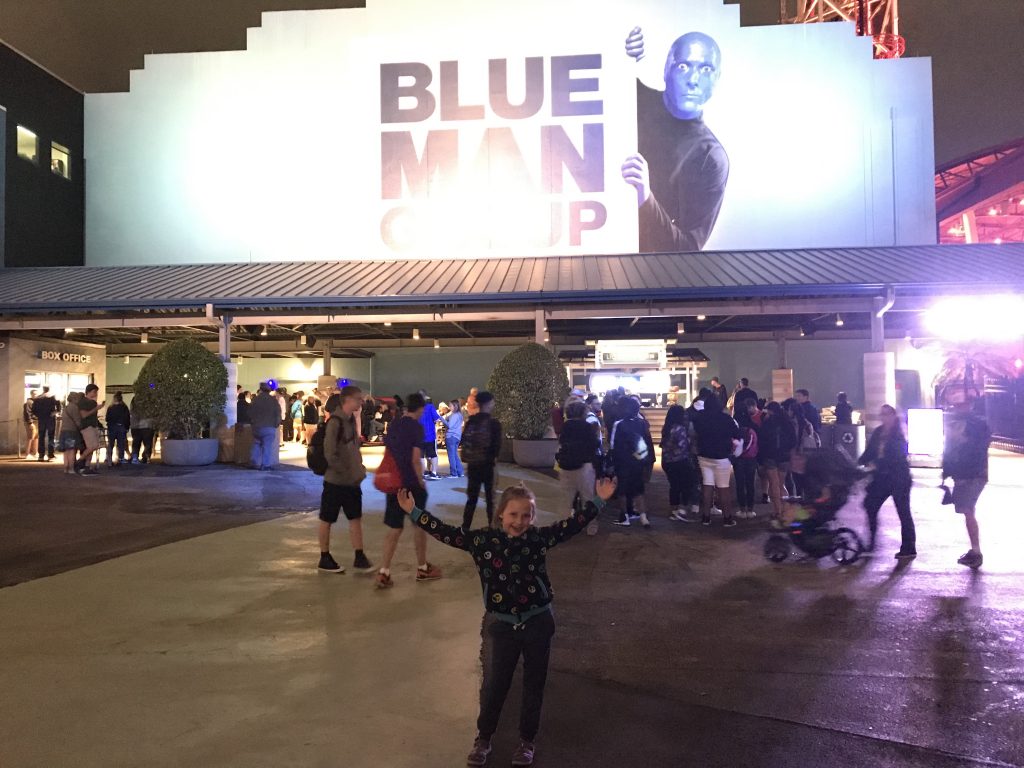Not the “Ring 2”–I mean part deux of the Ring products saga
A year ago we got the Ring doorbell.
Thankfully, it hasn’t been instrumental in solving any crime, but it definitely brings peace of mind. And, it’s very convenient to see who’s walking up to the door while I’m in the basement working.
But paranoia has no terminus, and I found myself eyeing Ring’s line of cameras for the back door for the same reason: I want to see if anyone’s walking up to it. Not that anyone has, but I often leave the dog in the back to run while I work, and with reports of dog-snatchers, I wanted to keep an eye on things. I decided upon the Stickup cam wired.

My reasoning was thus:
- I don’t want a floodlight back there, so no-go on that model
- I wanted wired, as I always prefer to run dedicated lines to unreliable WiFi
- It supports PoE, which would not only allow a single cable run, but the PoE injector could then be plugged into my UPS, thus keeping the camera online in the event of a power outage
The only thing left to do then, was actually run the cable.
But the drawback of cable is that it limits placement of jacks, due to the simple matter of me not being able to squeeze into tiny places (unlike my father, I don’t have a son to task with those jobs). I had wanted to run the cable to the attic and down the eaves and into the middle of the deck, but as I attempted to do so it became very clear that if I actually managed to drop down through the attic and into the eave space, Liz would have had to call the fire department to chop me out.
So I would have to drill through the outer wall–which was brick, so no easy feat. But there is a pointlessly-placed back window into the garage, with a wooden frame.
The wood posed little challenge, and in short order I had a 3/8 in hole from the garage to the back yard.

From there, I ran a patch cable connecting the camera to an electrical box I installed on the garage ceiling, which housed the cable termination and ethernet jack.

From there, the cable ran into the attic and followed the path of a prior cable install for the garage hotspot, ultimately terminating in the patch panel. Then it was through the aforementioned PoE injector, then to the switch.

Voila: my longest cable run yet.
Now for some thoughts on PoE:
I noted that after all was up and running, the switch indicated that the connection was not gigabit. All the equipment was rated for it, including the injector, but the amber light stubbornly refused to turn green. Concerned that one of my punchdowns was bad (as was the case in a recent project–totally not my fault), I disconnected the injector and tested the line with a laptop. All connections were confirmed gigabit, so I researched how PoE operates.
Surprisingly, I couldn’t find any bandwidth figures for the various specs, maybe because PoE isn’t in itself a form of data transfer, but rather a means of transmitting power over a data cable. Still, the lack of discussion on the matter was not encouraging. I concluded that what was happening is that I had one of the specs that sacrificed two of the 8 CAT6 wires for power, thus dropping the connection speed to Fast ethernet. Apparently, therein lies the PoE tradeoff.
But the speed seems adequate, and while live view appears somewhat grainy, the recordings are perfectly clear.
I’m still pleased to say it hasn’t recorded any crime either. And, apart from some rabbit-chasing videos, it’s dutifully served its primary function–notifying me when there’s backyard movement I should know about.

Recommended.
–Simon







































 I downloaded the Anthem beta (which was a demo, by the way–there’s a difference), and began the sequence with a very basic character creation. If memory serves, the character creation boiled down to a single option, which was this:
I downloaded the Anthem beta (which was a demo, by the way–there’s a difference), and began the sequence with a very basic character creation. If memory serves, the character creation boiled down to a single option, which was this: I encountered this same problem when I booted up The Division 2 demo (again-a demo). Although not as cryptic, the default was definitively a female character.
I encountered this same problem when I booted up The Division 2 demo (again-a demo). Although not as cryptic, the default was definitively a female character.